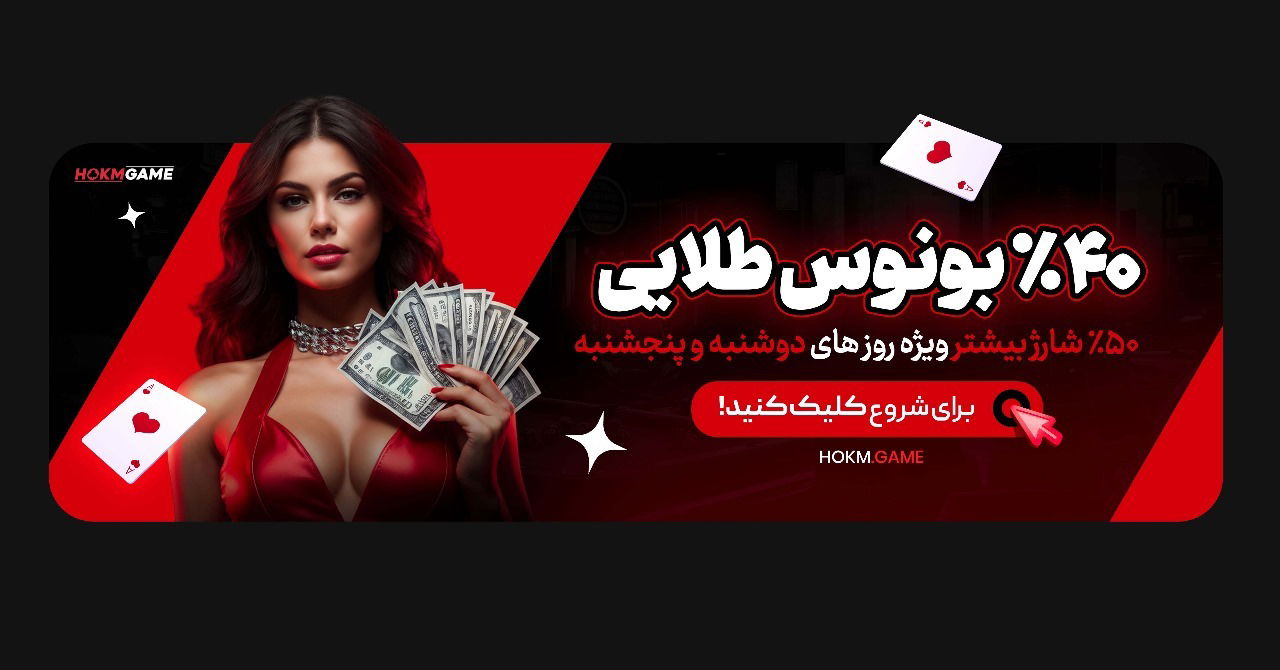The Hokm Game: A Legendary Card Game of Wit, Power, and Precision

The hokm game is more than a traditional card game—it’s a dynamic battle of strategy, anticipation, and silent communication between partners. Deeply woven into the cultural fabric of Iran and neighboring regions, hokm (meaning "command" or "order" in Persian) has been cherished across generations as a powerful mix of social bonding and mental challenge. In today’s digital age, the hokm game has seamlessly transitioned online, allowing players from all over the world to enjoy this classic wherever and whenever they choose.
The Legacy of Hokm: From Family Gatherings to Global Screens
With roots stretching back centuries, hokm has long been a centerpiece at Persian social gatherings, festivals, and cozy family nights. It holds cultural weight similar to chess or backgammon, often taught by elders as a rite of passage. Playing hokm isn’t just about fun—it’s about connecting with heritage, honing intellect, and learning cooperation. The game teaches patience, reading others’ intentions, and working as a unit, especially in a culture that deeply values social ties and interpersonal intelligence.As Iranians migrated across the globe, they carried hokm with them, introducing the game to new communities and sparking curiosity in card enthusiasts worldwide. Over time, hokm evolved from living rooms and tea houses to mobile apps and online lobbies filled with both nostalgic players and curious newcomers.
A Look at the Core Mechanics of the Hokm Game
The hokm game is usually played by four players in two teams. Using a standard 52-card deck, each player receives 13 cards. The round begins with a bidding process, where players compete for the role of the "Hakem"—the commander who decides the trump suit (called "hokm") for the hand. Once the trump is set, the real game begins.The Hakem’s decision can completely shift the balance of power. A wise choice can lead to a dominant round, while a poorly chosen trump can leave the commanding team exposed. The objective of each hand is simple: win seven out of thirteen tricks before the opposing team does. But reaching that goal requires not only strong cards but also flawless execution, sharp observation, and synchronized teamwork.
More Than Just Cards: The Silent Strategy of Hokm
In hokm, teammates are not allowed to speak about their hands. This silence creates one of the game’s most compelling dynamics. Communication is done subtly—through the way cards are played, what is held back, and what’s prioritized early in a hand. It’s this silent language that makes the hokm game an art form.Players become attuned to each other’s habits, developing signals over time. A single card might suggest support, a warning, or a plan. Understanding your partner’s style and anticipating their needs is essential. The stronger your connection, the more formidable your team becomes.
The Thrill of Competitive Play
While hokm can be enjoyed casually, it is also intensely competitive. In serious games, every trick is a tactical move, and every misstep can be costly. Teams often strategize several rounds in advance, track cards that have been played, and try to force opponents into weak positions. Bluffing, baiting, and calculated risks are all part of the game.Because of its complex strategy and shifting dynamics, no two games of hokm are ever the same. Each match feels fresh and challenging, which is why players can enjoy it for years without losing interest.
The Online Hokm Experience: Tradition Meets Technology
Digital platforms have given hokm a second life. Whether on mobile apps or browser-based websites, online hokm faithfully replicates the real experience. You can now play with friends, compete with skilled strangers, or practice against AI opponents. Many platforms feature in-game chat, ranking systems, and even customizable rules for different styles of play.What makes the online version especially exciting is how it connects the global Persian community. It doesn’t matter where you are—Los Angeles, London, Tehran, or Sydney—you can sit at a virtual table and play a hand with someone halfway across the world. This borderless experience keeps the culture alive and allows hokm to grow into a global phenomenon.
Teaching Hokm to New Generations
One of the biggest impacts of online hokm is how easily it introduces the game to younger generations. In the past, learning hokm required being taught by a relative or friend. Now, thanks to tutorials, rule guides, and practice modes built into digital versions, anyone can learn the game in minutes. Teenagers and young adults are embracing hokm not just as a cultural connection, but as an engaging, strategy-rich alternative to mainstream card games.This educational aspect is key to preserving the legacy of hokm. Through gameplay, young players pick up not only rules and tactics but also values like patience, discipline, and team trust.
Hokm Across Cultures: Global Growth of a Regional Favorite
Though hokm originated in Iran, it is quickly finding fans across the world. The universal appeal of card games, combined with hokm’s unique structure, makes it attractive even to those unfamiliar with Persian culture. As it spreads, different communities adapt and localize the game, creating slight variations but keeping the heart of the game intact.This globalization of hokm is more than a gaming trend—it’s a cross-cultural connection. It introduces people to Persian values, language, and humor, fostering a broader understanding through shared gameplay.
Play the Hokm Game Today and Be Part of the Tradition
The hokm game is one of the few traditional games that has retained its charm, depth, and cultural identity in a modern, digital world. Whether you’re looking to reconnect with your roots, challenge your mind, or simply enjoy a highly strategic card game, hokm delivers on all fronts. Don’t miss the chance to experience one of the world’s greatest card games—play the hokm game today and immerse yourself in a tradition that’s stood the test of time.
